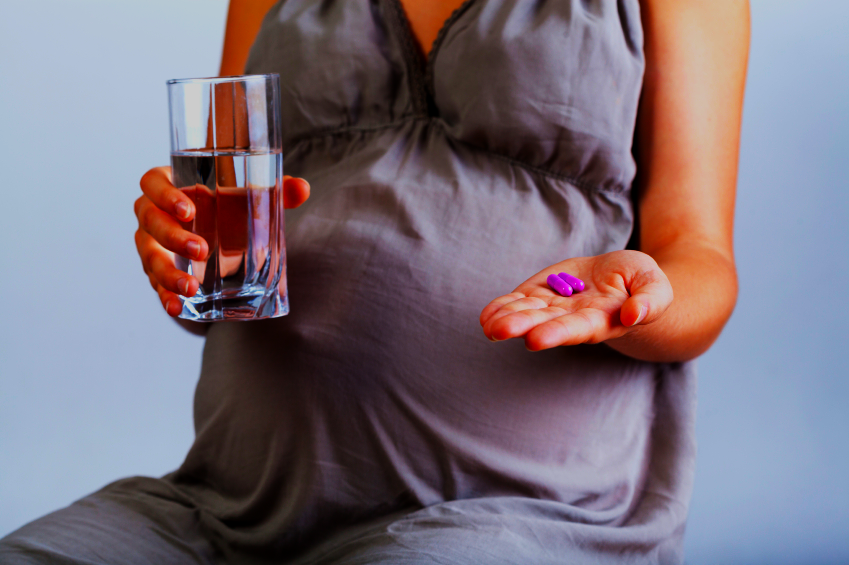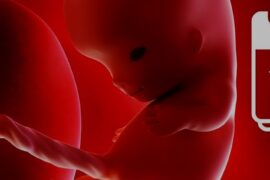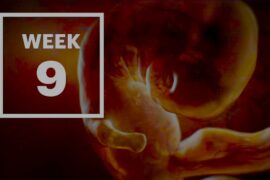What are the most common placental problems?
Things to know about placenta problems are a major concern during pregnancy, as they can cause serious complications for both the mother and baby. The most common placental issues include abruption, previa, accreta, and retained placenta.
Placental abruption occurs when the placenta separates from the inner wall of the uterus before birth, potentially depriving the baby of oxygen and nutrients and causing heavy bleeding in the mother.
Placenta previa is a condition where the placenta partially or totally covers the cervix, which can cause severe vaginal bleeding during pregnancy or delivery. Placenta accreta occurs when the placenta grows too deeply into the uterine wall and can cause severe blood loss during delivery.
Retained placenta is a concern after delivery, and management depends on factors such as amount of bleeding, position of placenta, and health of mother and baby. Bleeding from the vagina is usually the first sign that something may be wrong with the placenta, and it is important to seek medical attention immediately if this occurs.
Are you pregnant and wondering what to know about placenta? This article covers all the essential information you need to understand this vital organ.
What to Know About the Placenta
The placenta is an essential organ during pregnancy, providing vital functions for both the mother and baby. It is sometimes referred to as the “tree of life” due to its resemblance to a tree when viewed and its life-sustaining functions. Understanding the placenta can help pregnant women better understand their own health and that of their baby.
The placenta is a unique organ that serves multiple purposes at once for your growing baby. It acts as lungs, transferring oxygen from your blood to your baby; as kidneys, helping remove impurities and excrete waste; and as the endocrine system, protecting your baby from potential infection.
Additionally, it functions as the immune system by filtering out bacteria and other harmful substances from entering the fetus’ bloodstream.
The placenta also produces hormones such as progesterone which helps maintain a healthy pregnancy. All these functions are essential for ensuring a healthy pregnancy and delivery of a healthy baby.
What Is the Placenta?
The placenta is an essential organ that develops during pregnancy and connects the baby to its mother. It attaches to the uterine wall and is connected to the baby via the umbilical cord. Through this connection, it provides nutrients, oxygen, antibodies and waste removal for the baby.
After birth, the third stage of labor is delivery of the placenta and your doctor will examine it for abnormalities. In some cultures, a practice called lotus birth is done where the umbilical cord is not cut and the baby remains attached to the placenta for 3-10 days after birth. This practice is less common in Western cultures due to concerns for infection.
Fraternal twins will each have their own placenta, while identical twins may share one depending on when the fertilized egg splits. The placenta plays a vital role in providing nutrition and oxygen to a growing fetus throughout pregnancy. It also helps protect against infections by filtering out harmful bacteria from entering into the baby’s bloodstream.
It is important to be aware of the potential risks associated with placental problems during pregnancy. These include abruption, previa, accreta and retained placenta. If you experience any vaginal bleeding or other signs of a problem, it is important to seek medical attention immediately.
Fascinating Facts About the Placenta Everyone Should Know
1. The placenta is a temporary organ that develops in the uterus during pregnancy and connects the mother and baby.
2. It provides the baby with oxygen, nutrients and hormones, and helps to remove waste products from the baby’s body.
3. The placenta is made up of two layers: an outer layer of maternal tissue and an inner layer of fetal tissue.
4. The placenta plays an important role in the baby’s development, as it contains stem cells which can differentiate into any type of cell in the body.
5. The average placenta weighs about one pound and is about the size of a dinner plate.
6. The placenta can be eaten by the mother after birth as part of a traditional postpartum healing ritual.
7. The placenta is sometimes referred to as the “tree of life” because it is the life-giving bridge between mother and baby.
8. The placenta is the only organ that is not reabsorbed by the body after birth.
9. Placentas can be used to treat some medical conditions, such as diabetes, arthritis and high blood pressure.
Placenta Complications
Placenta complications can be serious and life-threatening for both mother and baby. Placental abruption occurs when the placenta separates from the uterine wall prior to delivery, resulting in reduced or cut off oxygen and nutrient supply to the fetus.
Placenta previa is a condition in which the placenta covers all or a portion of the cervix, causing vaginal bleeding and other symptoms.
Placenta accreta is a serious complication where part or all of the placenta remains attached after birth, potentially leading to excessive bleeding. Retained placenta is a life-threatening condition that can be treated with medications, breastfeeding, manual removal, and surgery if necessary.
The causes of placenta disorders vary but may include genetics, maternal age, high blood pressure, carrying multiples, previous cesarean deliveries, substance use and abdominal trauma. Placenta previa is a condition where the placenta grows in the lowest part of
Should You Eat Your Placenta?
Eating the placenta, or placentophagy, has been said to have a number of benefits for postpartum mothers. Proponents claim that it can help boost milk supply, reduce the risk of anemia, and even help with postpartum depression and hormone imbalances.
However, traditional medical doctors have not found any evidence to support these claims. In fact, the Centers for Disease Control and Prevention put out a warning about eating the placenta due to potential health risks.
If you are interested in placenta encapsulation and consumption, it is important to talk with your doctor or midwife first. Make sure that the person encapsulating is certified and that you understand all of the potential risks associated with consuming your placenta.
Additionally, it is important to be aware of conditions related to the placenta such as retained placenta, placenta previa, placenta accreta, and placental abruption. The American
What is the role of the placenta during pregnancy?
The placenta plays a vital role in the development of a baby during pregnancy. It is an organ that develops inside the uterus and provides a connection between the mother and baby via the umbilical cord.
The placenta passes oxygen, nutrients, antibodies, and other essential substances from the mother’s blood to the baby’s blood. It also carries waste products from the baby back to the mother’s blood for disposal. The placenta produces hormones like oestrogen and progesterone which are needed for maintaining a healthy pregnancy.
The placenta is responsible for providing nutrition to the fetus throughout its development in utero. It helps regulate fetal growth by controlling how much oxygen and nutrients reach the fetus, as well as removing any waste products from its bloodstream.
Additionally, it produces hormones such as human chorionic gonadotropin (hCG) which helps maintain pregnancy until birth. Without this important organ, it would be impossible for a fetus to develop properly during gestation.



